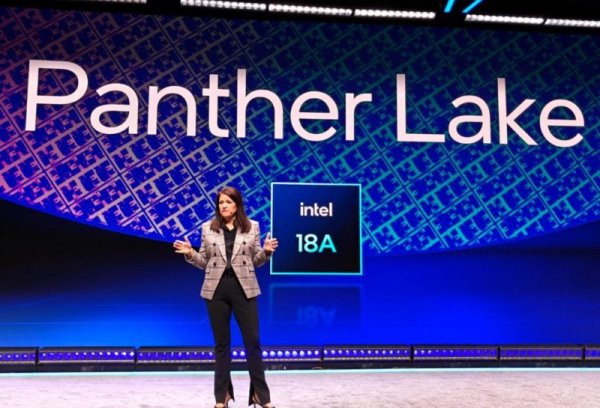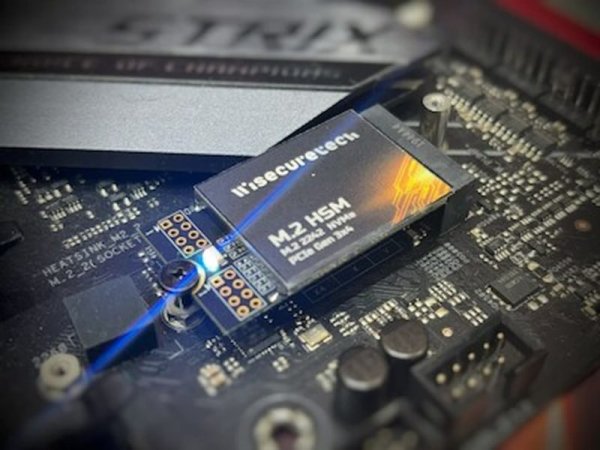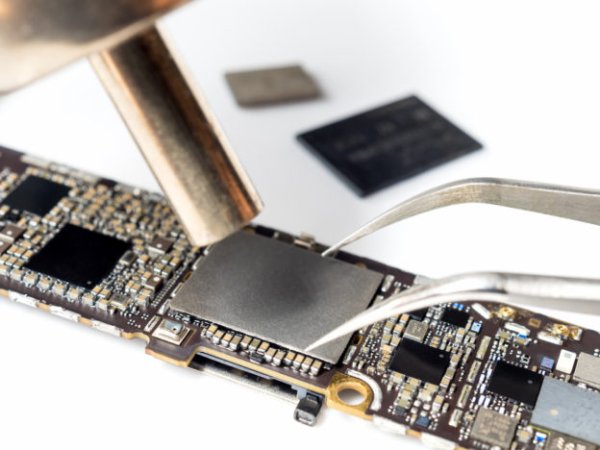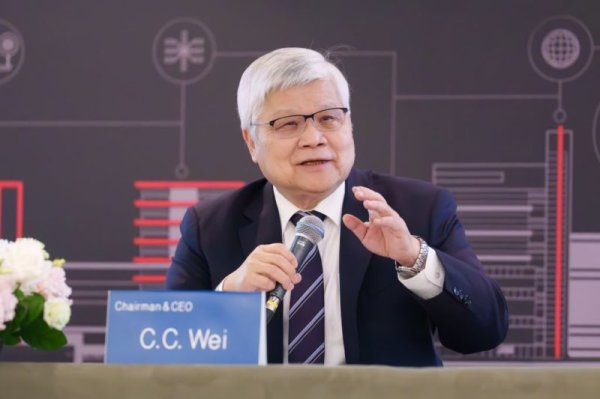Beyond Samsung! Intel 18A yield rate is up to 55%, ready to fight Panther Lake
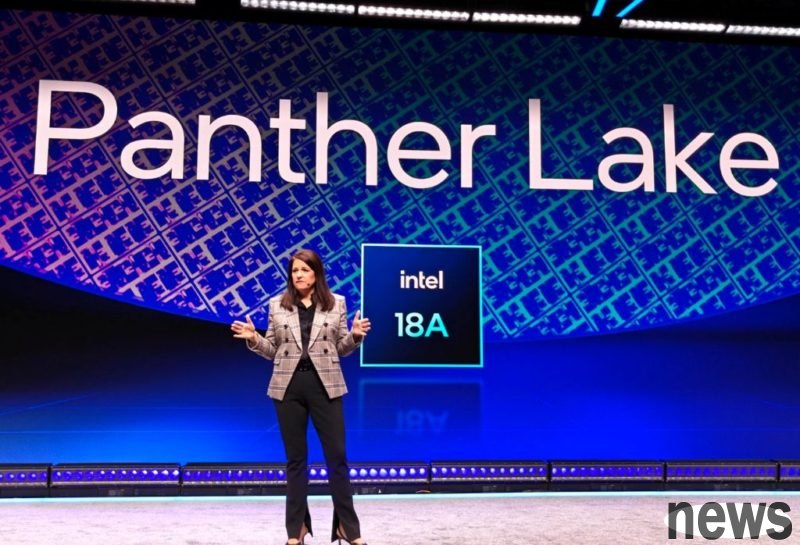
Export Intel's 18A production session is gradually dispelling past delays. Market research pointed out that the yield rate of this process has recently risen to 55%, and is expected to be officially produced in the fourth quarter of 2025, introducing the next generation of mobile processors, with the target yield rate increasing to 70%.
According to the latest research report by KeyBanc, Intel 18A still lags 65% yield on Telco N2, but has surpassed Samsung SF2 (2 nanometers) by about 40%. It is worth noting that 18A introduced RibbonFET architecture and PowerVia backside power supply technology for the first time for Intel, which not only improves chip density and efficiency, but also makes process yield more challenging. If mass production is successfully achieved by the end of the year, mark the most important process technology conversion points of Intel in recent years.
Although the yield has not yet caught up with Taiwan's electricity, Intel is not in a hurry to expand external customer OEM orders, but instead chooses to allow 18A to first support its own operational SoC "Panther Lake", as the first 18A integrated product, to attack the efficient power market. With stable delivery and actual product performance, Intel expects to rebuild market confidence and avoid repeating the production and time pressures of Meteor Lake when it was launched.
This strategy also calls on Intel to first "stationary step" deployment logic, strengthen the strength of internal products as a foundation, and then gradually expand to a broader market application. In the future, Intel plans to expand the following section 14A to the external crystalline foundry market, and compete with Telco A14 process head-on.
There is still a stance on the Intel 18A process and will still be determined by the actual market performance of Panther Lake in the future. If expectations can be achieved in terms of power consumption, performance and process stability, it will lay the foundation for 18A or even subsequent stages.
Intel Reportedly Making Progress With 18A Yields, Surpassing Samsung’s 2nm But Still Trailing TSMC’s N2 Process
